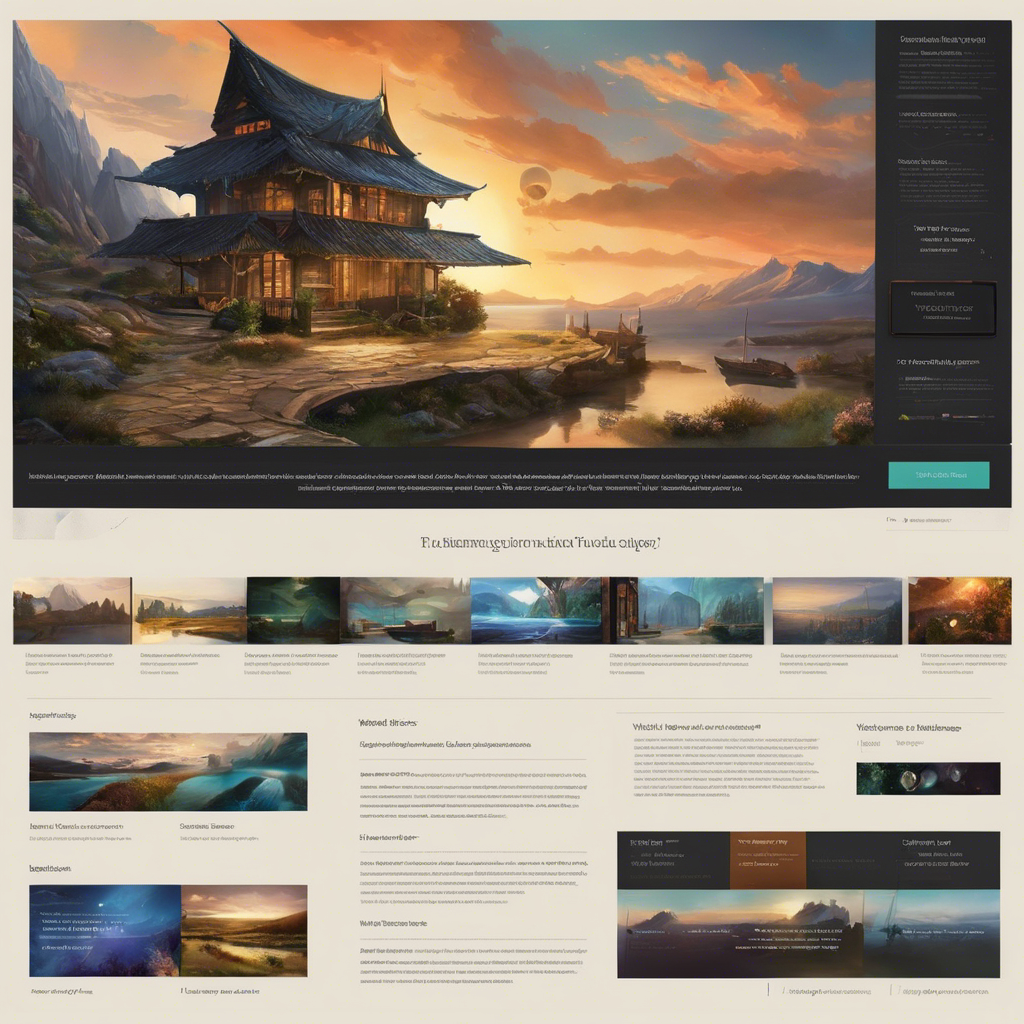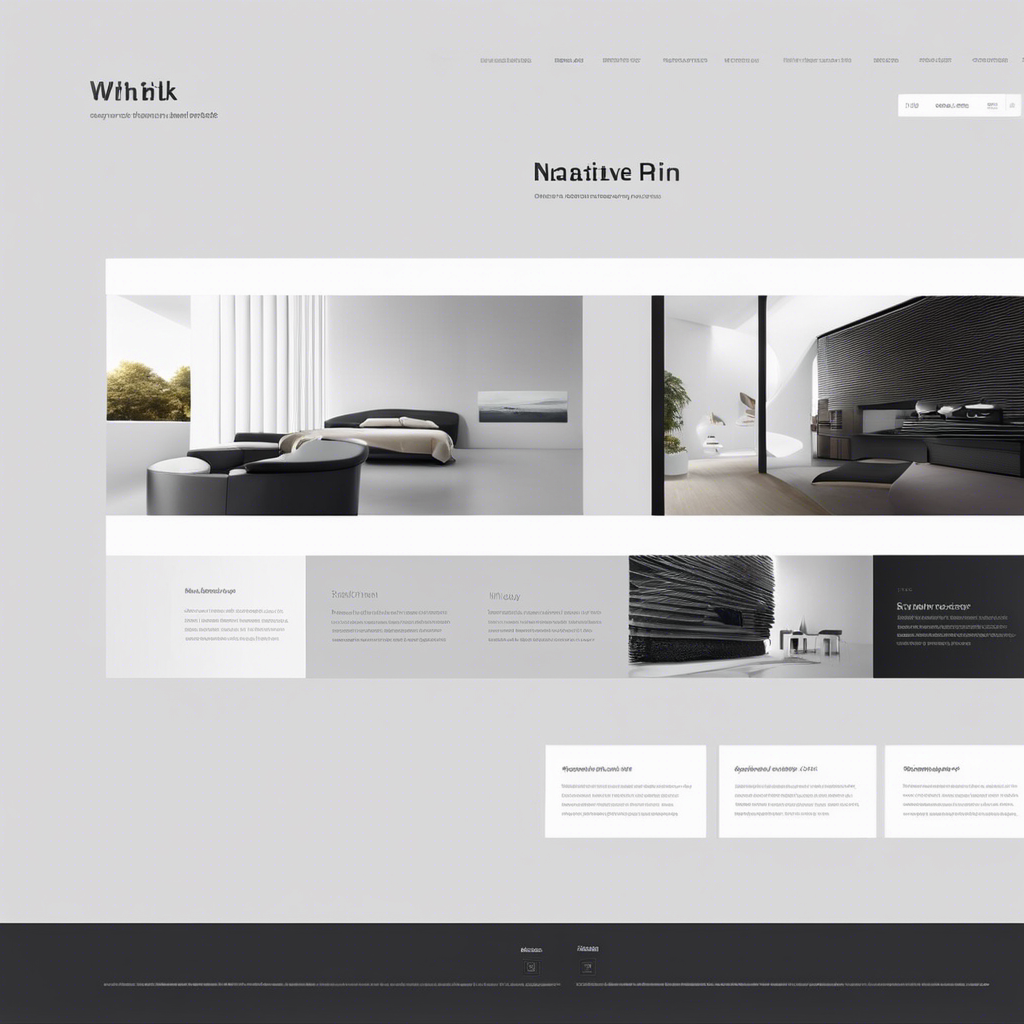Are you interested in pursuing a career in web design? Wondering how much experience you’ll need to break into the field? Well, let’s take a look at a hypothetical example.
Imagine you’re a recent graduate with a degree in graphic design. You have a basic understanding of web design principles and proficiency in relevant software programs. Good news! There are entry-level positions in web design that could be a great fit for you. These roles typically require some experience, but not an extensive portfolio.
However, keep in mind that more advanced or specialized positions may require several years of experience and a strong portfolio showcasing your previous work. So, whether you’re just starting out or looking to take your web design career to the next level, gaining experience and staying up-to-date with the latest design trends and technologies is key.
Key Takeaways
- Entry-level web designer roles are available for beginners and provide opportunities for growth and learning.
- Seek opportunities through internships or freelance projects to gain real-world experience and build a portfolio.
- Employers typically look for candidates with 0-2 years of experience, with a solid foundation of web design skills and knowledge of UX design.
- Leveraging transferable skills in graphic design, digital marketing, or content creation can enhance opportunities in web design.
Beginner-Friendly Web Design Roles
Are you wondering how quickly you can break into web design as a beginner? Good news! There are entry-level web designer roles that are beginner-friendly and can kickstart your career in web design.
These roles are designed for individuals with little to no experience, allowing them to develop the necessary skills and gain practical knowledge in the field. Whether you choose to become a web designer through formal training at coding bootcamps or by self-teaching methods, these beginner-friendly positions provide opportunities for growth and learning.
Entry-Level Web Design Experience
To gain entry-level web design experience, you can start by seeking opportunities through internships or freelance projects. These experiences will allow you to apply your web design skills in real-world scenarios and build a portfolio of work to showcase to potential employers.
Another step toward becoming a web designer is to enroll in a web design course. There are a variety of programs available, from short-term coding bootcamps to more comprehensive college degree programs. These courses will provide you with the necessary knowledge and skills to excel in web design jobs.
Additionally, you can consider working as a freelance web designer to gain practical experience and expand your portfolio. Remember, continuous learning and staying updated with the latest design trends and technologies are crucial for success in the professional web design industry.
Recommended Experience Level for Web Design Jobs
For web design jobs, employers typically look for candidates with a minimum of 0-2 years of experience in the field. It’s important to have a solid foundation of web design skills, including technical skills and knowledge of UX design. Employers often require candidates to have various skills, such as graphic design and coding abilities.
To stand out as a designer, it’s beneficial to have a well-rounded skill set and a strong portfolio showcasing your work. When applying for web design jobs, it’s essential to highlight your relevant experience and skills in your cover letter. Additionally, soft skills, such as communication and problem-solving, are highly valued by employers.
Gaining Experience Through Internships
How can you gain experience in web design?
Internships are an excellent way to gain practical experience and enhance your web design skills. By participating in internships, you have the opportunity to work on real web design projects and build your professional portfolio. These internships provide hands-on experience in a real-world work environment, allowing you to apply your theoretical knowledge to practical projects.
Under the guidance of experienced professionals, you can work on various aspects of web design, such as graphics, layout, and user experience (UX). Internships also offer valuable networking opportunities within the industry and can often lead to job offers.
Additionally, internships provide insights into different work environments, helping you determine your preferred career path as a web designer.
Leveraging Transferable Skills for Web Design Opportunities
If you have a background in graphic design, digital marketing, or content creation, you can leverage your existing skills and knowledge to excel in web design.
Web design skills encompass a combination of creativity and technical expertise. Understanding the principles of graphic design, programming languages, and UX (user experience) is crucial for success in this field.
As a web designer, you’ll be responsible for creating visually appealing and functional web pages. Additionally, having knowledge of SEO (search engine optimization) and design theory is essential.
While a degree in computer science isn’t always necessary, having a solid understanding of the technical aspects of web design is advantageous. By showcasing your transferable skills and highlighting your ability to create engaging and user-friendly websites, you can attract potential clients and become a successful web designer without years of experience.
Frequently Asked Questions
How Much Experience Do You Need to Be a Web Designer?
You’ll need 0-2 years of experience for entry-level web design positions. Higher-level roles may require more experience. It’s important to have the necessary skills, education, and a strong portfolio to improve job prospects and freelancing opportunities. Specializations and industry demand may vary. Web design certifications and learning resources can help you enhance your skills. Salary expectations depend on factors like location and experience.
How Much Time Does It Take to Learn Web Designing?
To learn web designing, it takes time and effort. You can start by exploring learning resources, mastering popular tools, and building a portfolio. Develop essential skills, stay updated with trends, and focus on user experience.
How Hard Is It to Get Into Web Design?
Getting into web design can be challenging, but with the right skills and a strong portfolio, you can succeed. Consider certifications, beginner-friendly tools, and freelancing opportunities to enhance your career prospects.
Can I Become a Web Designer in 3 Months?
You can become a web designer in 3 months by acquiring the necessary skills through coding bootcamps or short courses. The best resources for learning web design include HTML and CSS. Creating visually appealing websites involves understanding user experience and incorporating graphics and images. Web design differs from web development, and beginners may face challenges. Responsive design is crucial in today’s industry, and staying updated with trends is important.




